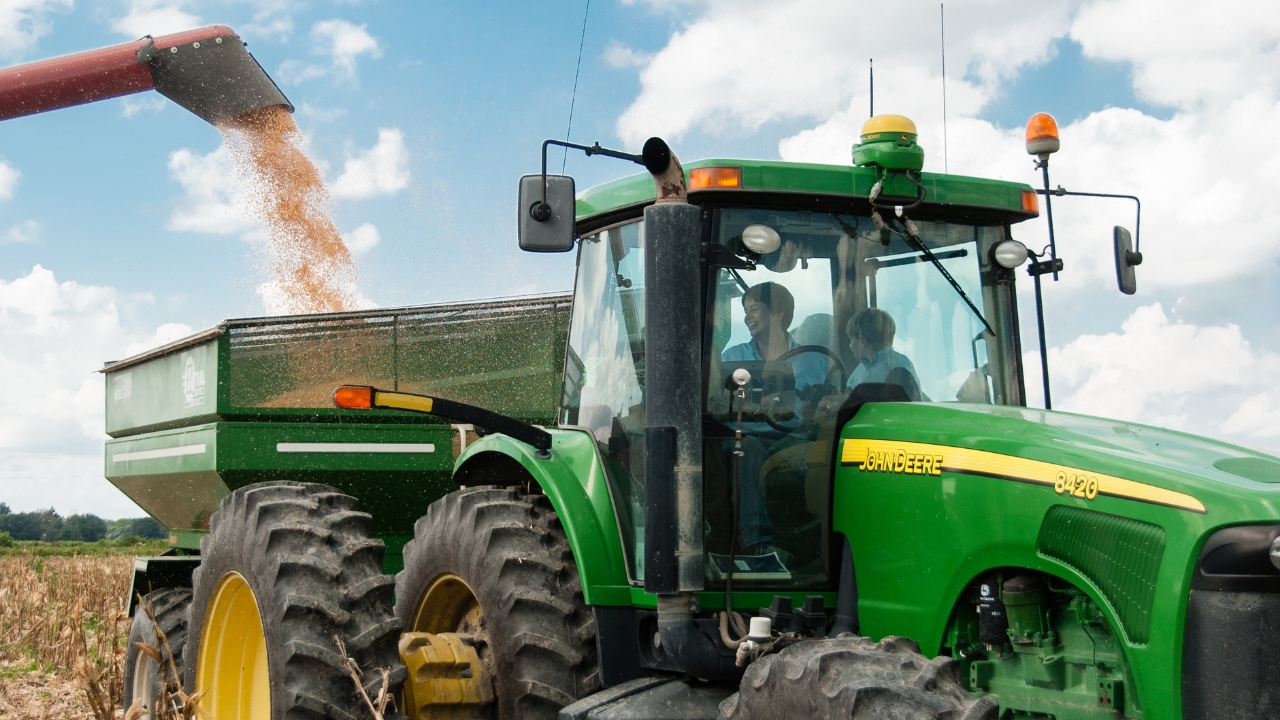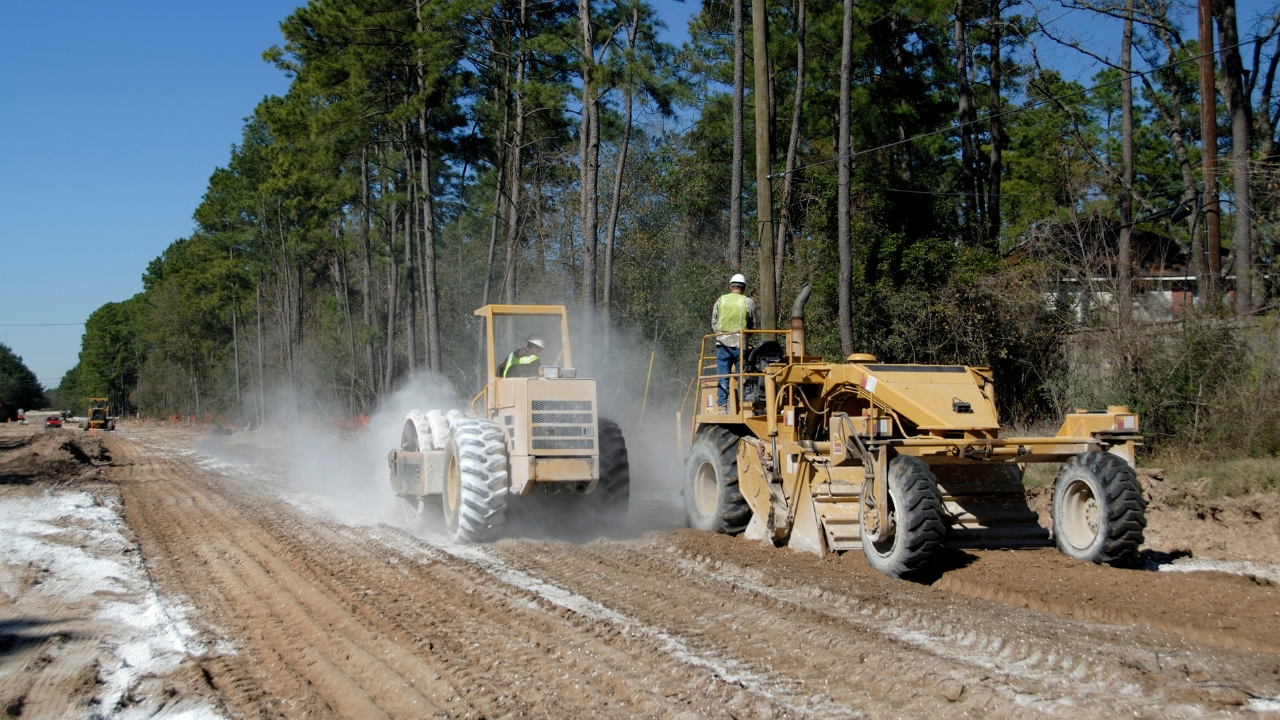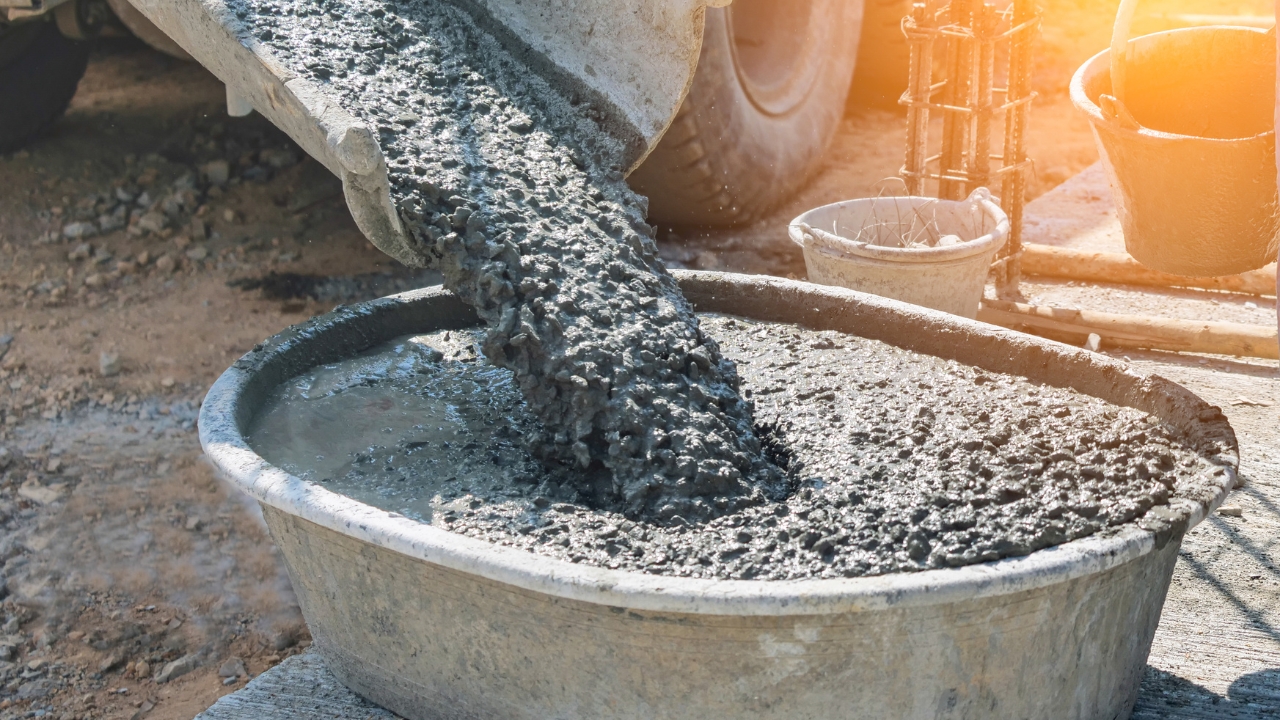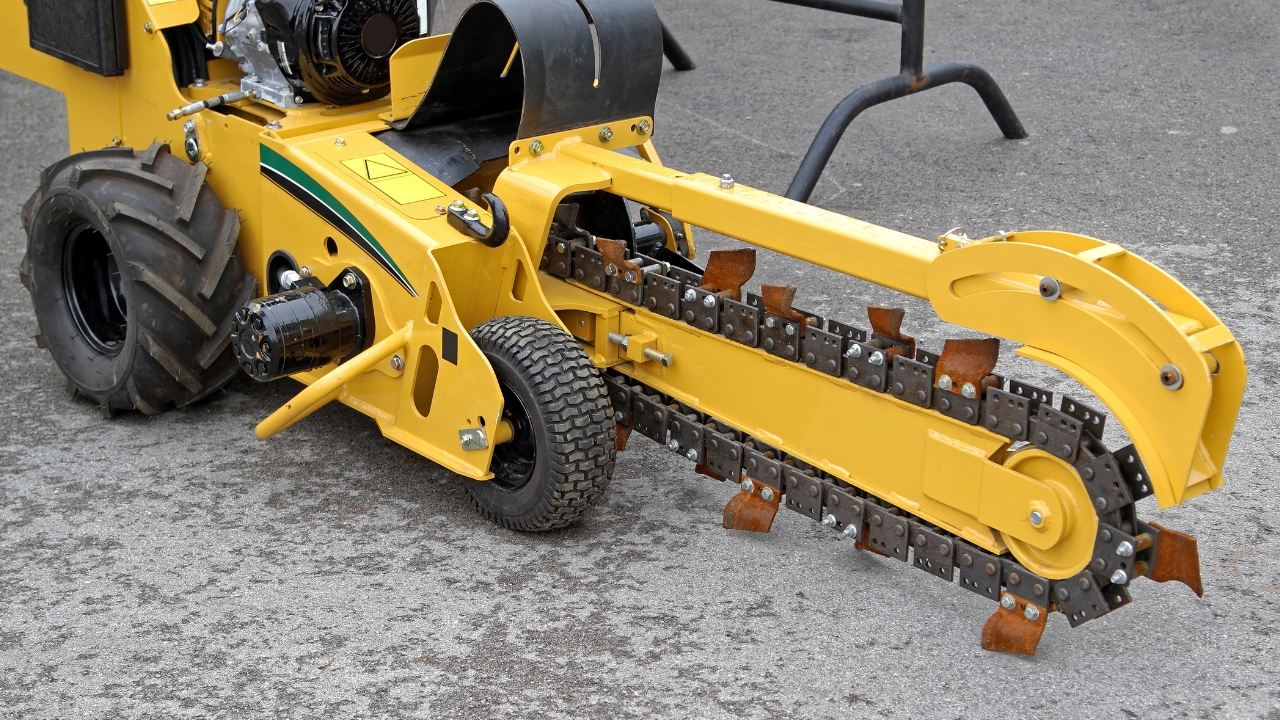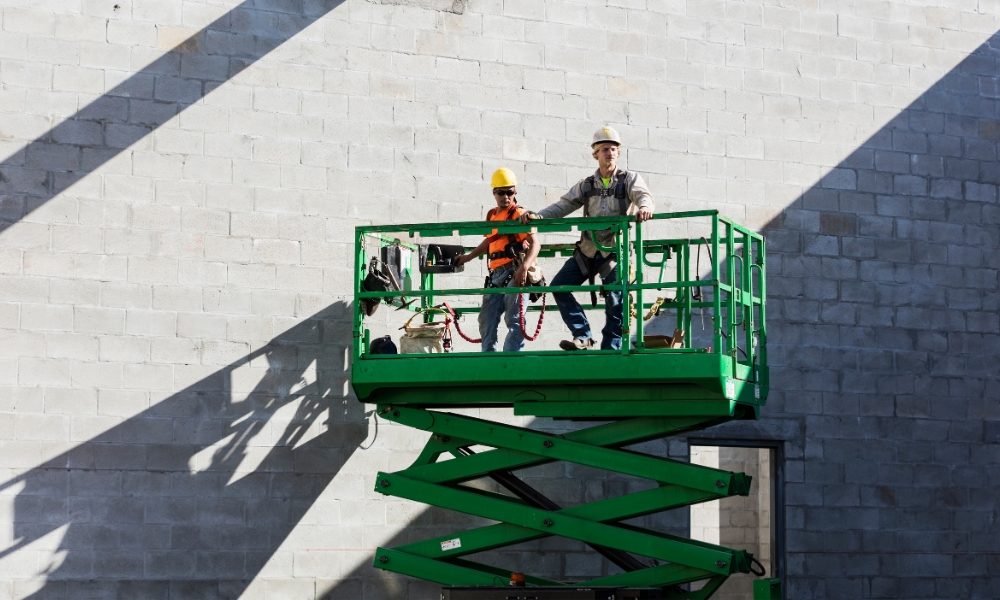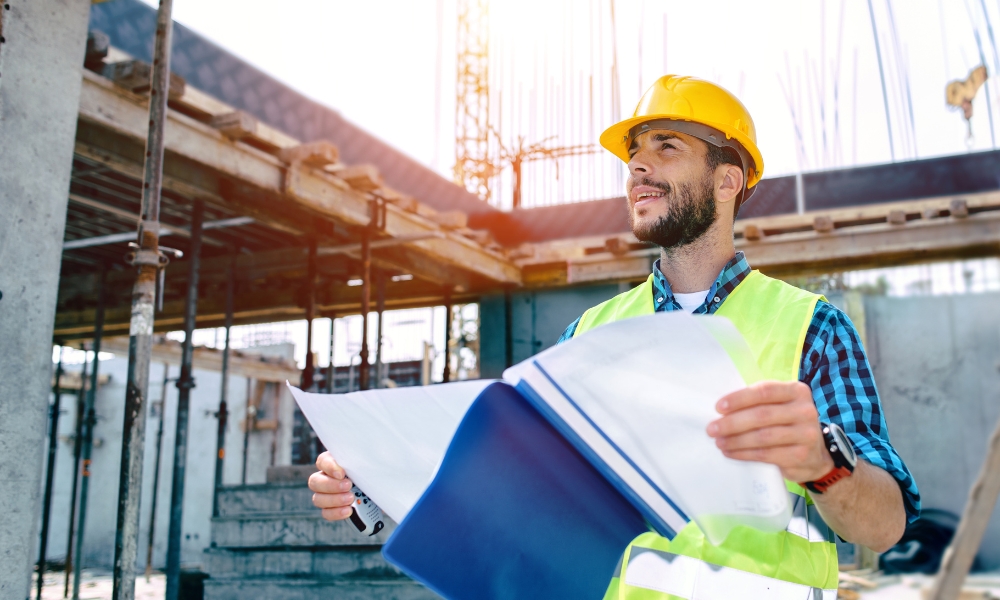A weight that provides balance and stability to a mechanical system. The purpose of a counterweight is to make lifting the load faster and is less taxing on the lifting machine.
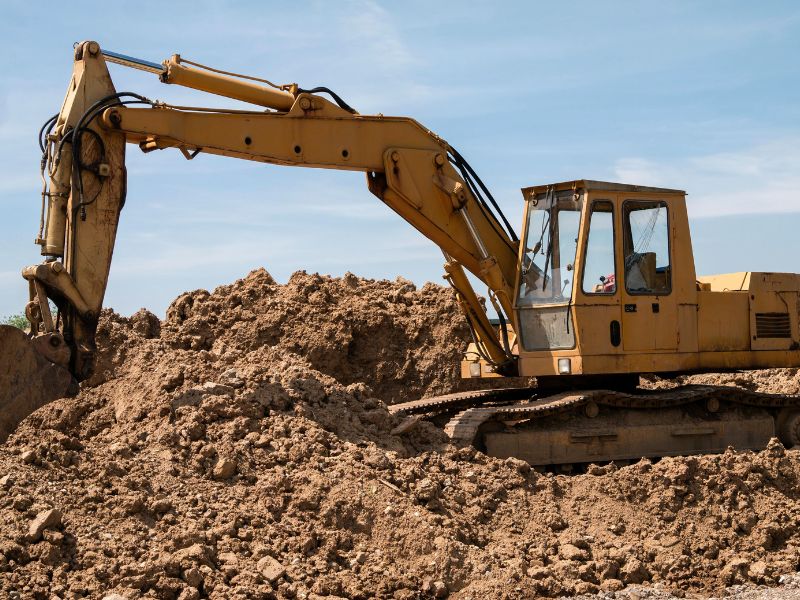
Counterweight
5/5
9 reviews
If you find the same course at a lower price elsewhere, we’ll match it.
Book a course, improve your qualifications, change your life
Pay as little as £20 to reserve your place


